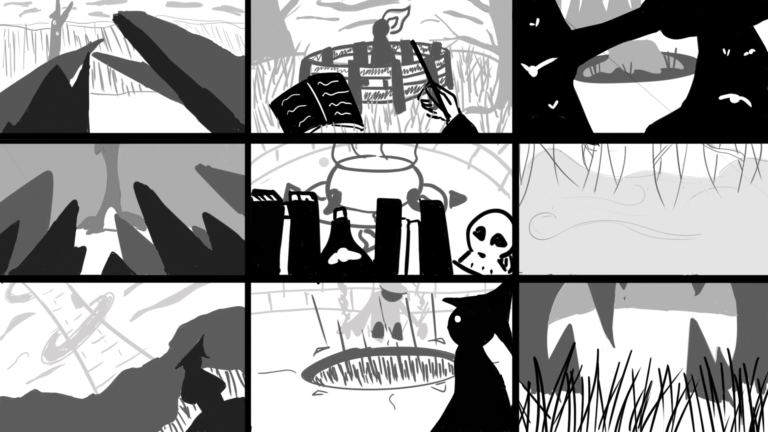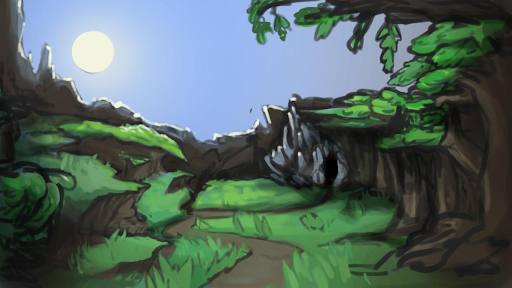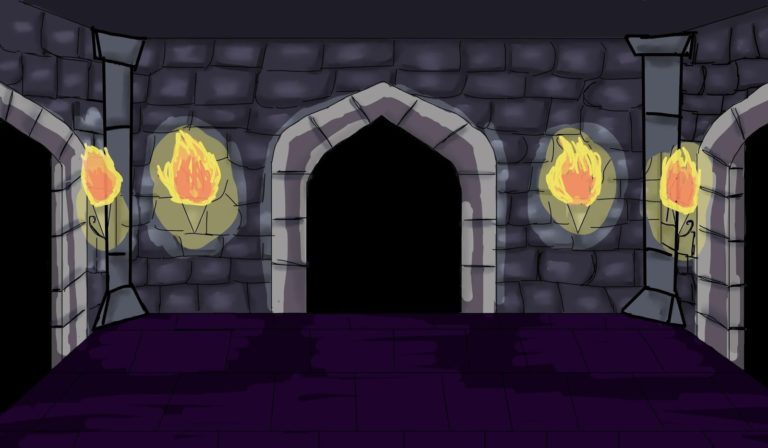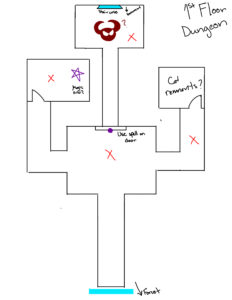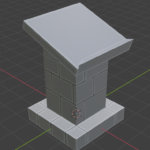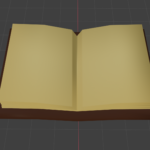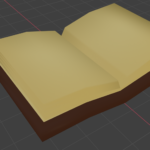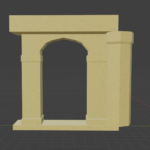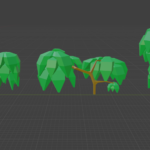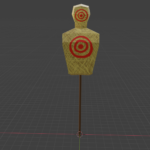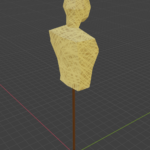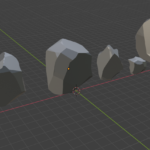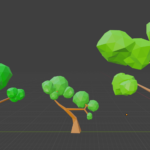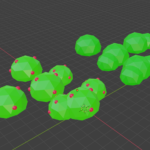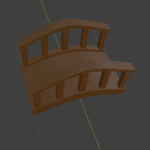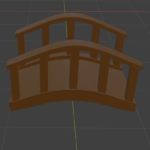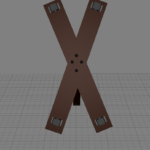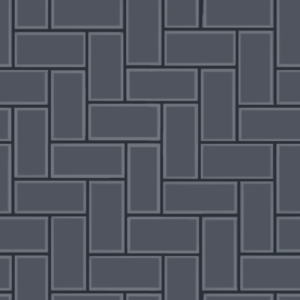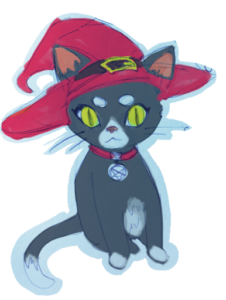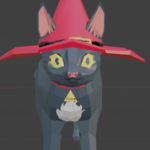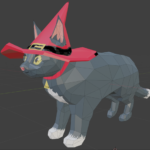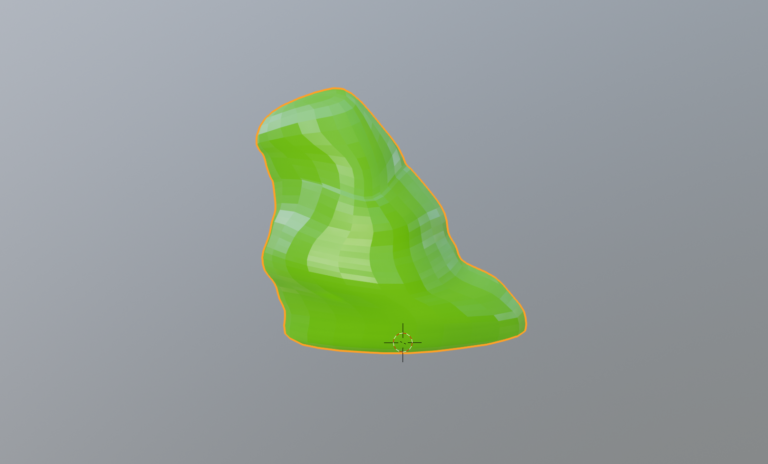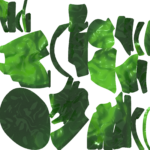A Portfolio for Your Perusal
Secrets of Memoria VR
Secrets of Memoria VR Trailer
Harry Potter aficionados! This goes out to you!
Brought to you by the brilliant minds of Team Computer Wizards, Secrets of Memoria VR is a 3D VR game with an emphasis on the mechanics of drawing and combining runes to cast increasingly complex spells. You are a wizard in training when suddenly a dark mysterious wizard challenges you. To defeat him, explore dungeons and battle the mythical creatures within — in virtual reality! Along the way, uncover the secrets of the runes and unlock your true power. A grand total of 33 different spells to discover. Narrative and Arena mode included.
Personally, this was my first experience creating a game for VR and the longest project I spent devoted within the Unreal Engine. I both level designed and 3D modeled for this game! Usually, I model in Maya, but just in case we decided to pursue monetizing our work, the team moved forward using Blender as our modeling software, so this project was my first experience working with Blender as well! Fun challenges all around. Many unique hurdles arose over the course of developing Secrets of Memoria (like a pandemic), I had to go out of my comfort zone, but that made for a valuable overall experience.
The Conceptualizing
Secrets of Memoria VR Game Development Guide
Like all great projects, it began with a game development guide where we hammered out the details of our project! You can witness all 70 pages of that above.
Then, before proceeding with any level designing or modeling, the artists drew up concept art. More concept art is included in the development guide. Since I had less to do with the characters and enemies, and more to do with the environment, you won’t see much of those except for the smattering of assistance I contributed.
The Level Design
Let’s talk my level designs! Designing levels for a VR game provided an unexpected challenge as the repetitive movement controls bored players. I quickly had to figure out how to balance allotting enough space for player exploration and to make the player feel like they’re significantly progressing throughout the level, while sprinkling in enough interesting interaction points to keep player interest engaged. The tried and true RPG elements I clung tightly to (hello, dead-ends that leads to loot) had to be let go. It was horrifying a learning experience!
We decided early on that our game mechanic, drawing in real time to cast spells, was to be our main focal point. So while our programmers and VFX artist settled in for the long haul of perfecting the game loop, it was my job to devise and disguise straightforward levels. In retrospect, it was convenient that I ended up as a main contributor to environment assets.
I designed the level layouts for all the levels in Narrative Mode: Tutorial Forest Ruins, Forest, & Dungeon.
Now to break down the process!

Initial Forest Level Sketch
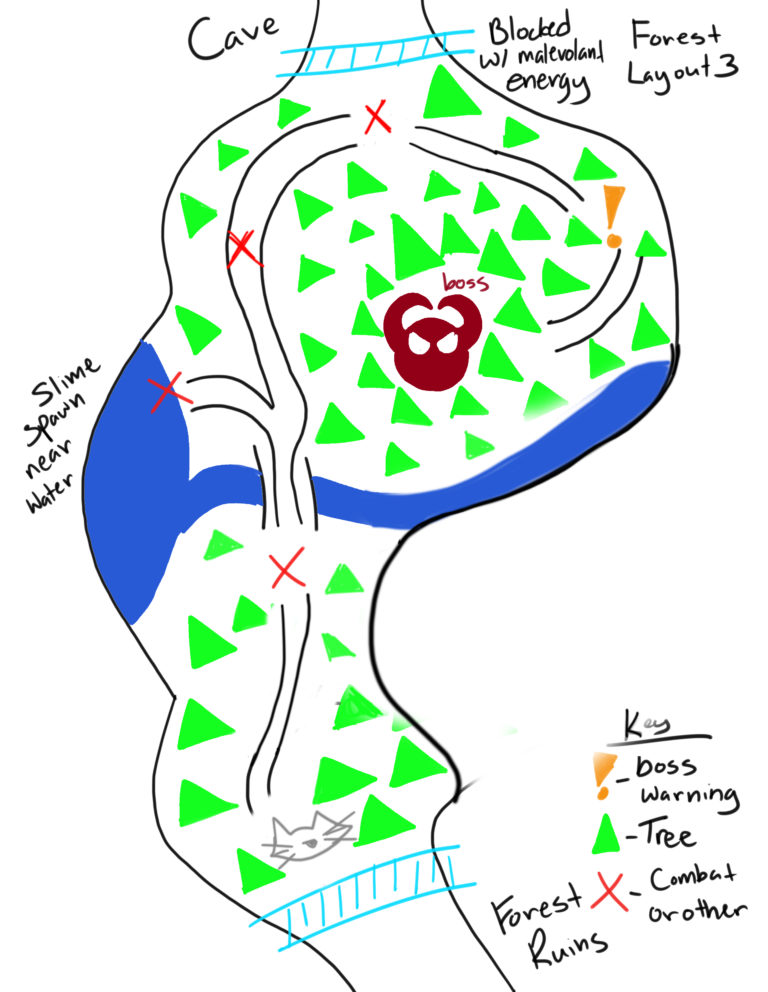
Revised & Finalized Forest Level
I would start by drawing different layouts on paper then present them to the group where we would vote for the best one and suggest edits. Taking their suggestions, I would digitize the sketch, clean it up, color-code, and make the necessary revisions in Photoshop.
In the case above, I erased a good chunk of the south eastern portion of the forest level from sketch to final draft. We decided excess winding and branching paths were tedious (sob), so I adjusted accordingly. After defeating the boss, the trees are blown apart to clear a pathway directly to the next level without meaningless backtracking as well.
When it came to the tutorial level, we wanted the player to be introduced to each basic rune and then have a space to test it out. The spiral layout was chosen to look visually interesting and naturally draw player attention to each rune station.
From the center the player would interact with the general Arcane rune, then spiraling outwards, in order of acquisition interact with the game’s core elemental runes: Air, Water, Fire, and Earth.
The tutorial then connects to the forest above.
After completing the forest, the player confronts the final dungeon level. Originally there was to be a cave separating the forest from the dungeon (as you can see hinted at the top of the forest layout), however over the course of development, we made continuous scope adjustments resulting in the axing of the cave level and the simplification of the dungeon.
Major changes involve receiving the Light rune as a reward after beating the forest and grabbing the Dark rune from a shrine in the dungeon. Design choices that persisted were forcing the player to encounter a blockage that prevents the player from reaching the final boss until finding the necessary rune to dispel the block.
3D Modeling - Environment
The modeling! The texturing! The endless and rigorous 3D art pipeline! As I mentioned above, my biggest contribution was towards environmental assets. To your right you can view assets found from the home screen all the way to the final level in the game.
We wanted a simplistic, low-poly style to compensate for the high asset demand that building an immersive VR game would require. So, when modeling, I focused on creating assets that could be easily slotted together when integrating the assets into the levels or could be multiplied across a landscape without hopefully looking too repetitive.
I tried out a range of texturing methods in Blender. From applying solid colors (ex. trees), procedural generation (ex. arena wall), and 3D painting (ex. training dummy). For the most part, I kept to solid color application as it was in line with our desired style and sped up the end process of asset creation for faster implementation.
In addition to the models, I made two seamless textures in Photoshop to tile across the dungeon level’s ceiling and floor.
3D Modeling - Misc.
Remember how I talked about assisting just a weeeeee bit in character/creature models? Well here it is!
After Claudia finished modeling Phoebe, the game’s lovable cat companion, I assisted in texturing the 3D model. All 3D painted within Blender.
Then, there was the slime creature, which I modeled and textured all by my lonesome waaaay back during our first 12 hour game jam to get the basic mechanics of Secrets of Memoria up and running.
I tried my hand at procedurally generating the texture because I thought that would really capture the sliminess I was looking for. It sorta worked within Blender’s engine and you can kinda see it in the texture file (shhhh ignore the UVs, ignore them), but on the export a lot of the details disappeared.
Game Downloads
If you really want to get a good look at Secrets of Memoria in action, then you should download it and give it a spin!
VR Build
Download Secrets of Memoria in VR!
OR
Windows Build
Download Secrets of Memoria for the PC!
